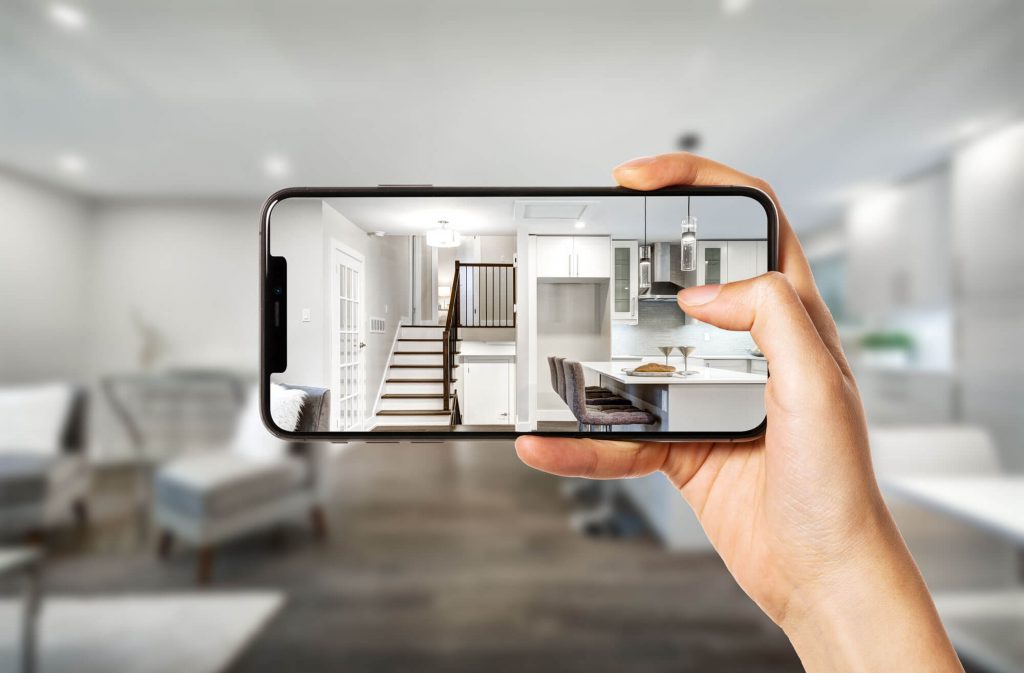We all know that moving is a hassle. But when it comes to your electronic media, you really want to protect your investment and make sure your electronics are safe, secure, and stable during your move.
In today’s blog, Nelson Markesbery will give you the best tips for protecting your electronic items during your move.
The Best Practices for Packing Computer Electronics
- Make backups for all of your data and files. Though highly unlikely, if your hardware gets damaged during transport, you won’t have access to important media files.
- Remove loose media, so that it doesn’t move about and get damaged.
- Detach any wires and accessories hooked up to your computer. Metal-on-metal contact over a long period of time (especially without climate-controlled storage) can damage your items.
- Use the original packaging whenever possible. The original packaging contains fitted foam pieces and inserts that add proper protection to your electronic devices.
- Remove the batteries. Battery corrosion can damage electronics.
- Protect against dust from entering your computer fan, covering it with bubble wrap or towels.
The Best Practices for Packing Electronic Accessories
Safely packing your electronics isn’t too difficult. Finding the box you packed it into is the challenge. Without proper organization, your accessories can wind up in very different places, and losing a widget, remote, memory card or other important asset is truly inconvenient.
That’s why you want to be very meticulous about labeling, sorting, and grouping your electronic devices and accessories on moving day. You can pack them with note cards or color-coded stickers to help you organize.
Here are some of our best general packing tips!
Keep All of Your Similar Electronics in One Spot
Don’t separate your cables and remotes. Instead, pack them all in one spot so that you don’t lose anything. Make a list of the components in each box.
This way, it’ll be much easier to gather your electronics together after the move is over and done with.
Make an Inventory List
Make a list of each electronic that’s in a box or package. It can be as simple as a notecard with items and a group-item label, describing what items are in the package.
Referencing your list will save you a lot of time and headache when unpacking and putting things back together once the move is over.
Use Colored Stickers and Tape for Cords
You’ve got your cords, but which one goes where? Oh no. Avoid this headache before you move. A great tip for organizing and sorting your electronic items is to use colored stickers or tape for your cords.
This is a good way of keeping track of any and all important cords that go with your media.
Double Pack Fragile Electronics
Don’t just rely on styrofoam and cardboard to protect your electronics. It’s worth going the extra mile when it comes to protection. If you can, try adding some additional protective support like moving blankets, bubble wrap, or thick sheets.
You could even try adding some silica gel to your moving boxes for greater protection.
Extra Padding and Cushion Support for Screens
You absolutely do NOT want anything sliding around and breaking your screens. Moving something like your computer monitor or your plasma TV means you’ll need a lot of cushion support to brace impacts while in transport.
Wrap it in a padded blanket that doesn’t have buttons or seams that could scratch it.
Positioning is as important as padding. Move your computers, laptops, and tablets to a spot where they won’t have other heavy items bumping or sliding into them. Also, consider buying a sleeve guard for protection on your iPad or laptop.
How Much Padding Should I Have Exactly?
You already know you need additional padding, but how much? It depends on the item. For really fragile electronics, you’ll want each piece to fit snugly within 2-3 inches of high-impact padding and check to make sure it’s securely fit.
Save Old Boxes for Repackaging
You never know when used boxes can come in handy, especially the original boxes for your TV, video game console, or computer, if possible.
Be Careful of the Temperature
Heat and electronic media do not mix. Electronics are sensitive to low and high temps and can get damaged by being exposed to moisture, extreme cold, or extreme heat. When packing them, put them in a temperature-controlled area or package.
Hide Valuable Items
This tip is just for additional safety; place your most valuable items in unmarked, plain-looking packaging. Don’t put them in a place where they can stand out and be noticed during your move.
Make the Best Use of Packaging Tape
Seal boxes with strong packaging tape to make sure no dust or debris gets in while moving. If a box is slightly unsteady, tape up its edges with duct tape.
Excess debris can collect on sensitive electronics components, like the computer fan, among other parts, and give you problems later on.
Make Your Move Easier with an Allied Moving Consultant
Whether you’re moving your electronics across the state or across the country, our expert moving consultants can help you save on time and money by coming to your home and giving you a quote for guaranteed price protection.
To learn more about getting a price quote and booking a summertime move in advance, contact us online or call us at (859) 371-8111 for more information about Nelson Markesbery Moving & Storage.

